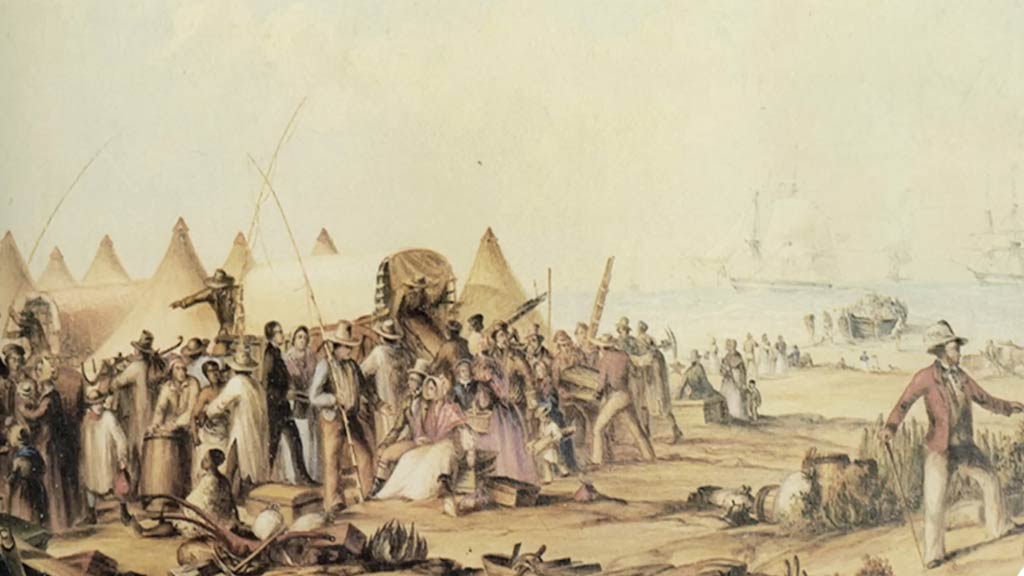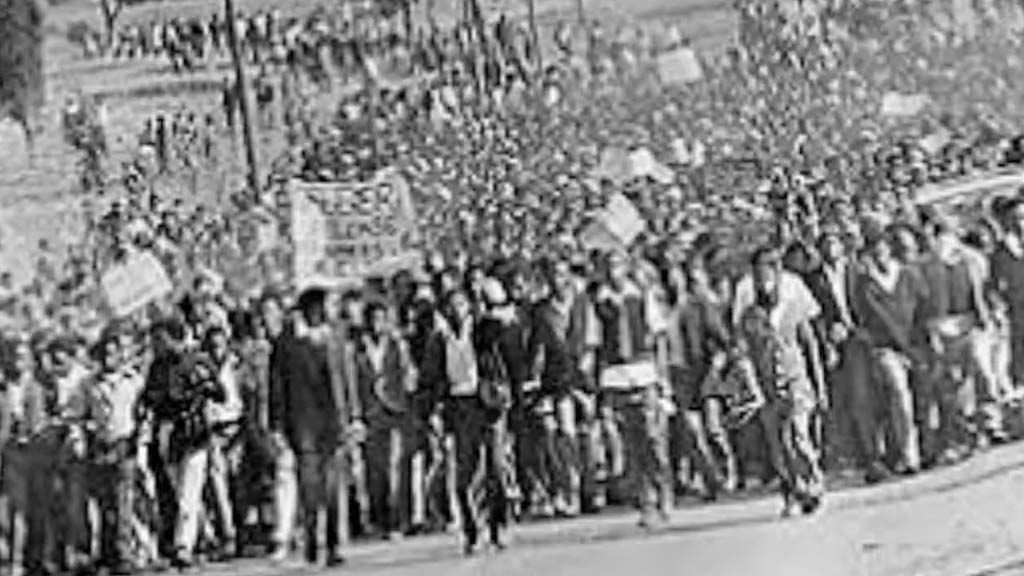Worcester, situated in South Africa’s Western Cape province, boasts a rich historical tapestry woven with cultural diversity and resilience. This town, enveloped by scenic beauty, holds a pivotal place in the narrative of South Africa’s past and present.
From its indigenous Khoikhoi and San inhabitants to the waves of Dutch and British colonization, Worcester’s history reflects the complexities of colonialism, resistance, and transformation.
It witnessed the tumultuous era of apartheid, yet emerged as a beacon of defiance and hope.
Today, Worcester stands as a testament to progress, navigating the complexities of post-apartheid society with a commitment to inclusivity and growth. Its story is not just a local tale but an integral thread in the fabric of South Africa’s identity.
Historical Timeline of Worcester South Africa
Worcester, South Africa, located in the Western Cape province, has a rich history that reflects the diverse cultures and events that have shaped the region over the centuries.
Here’s a timeline outlining some key moments in Worcester’s history:
Pre-1600s: Indigenous Inhabitants
Before European colonization, the Worcester area was a land of natural beauty inhabited by the indigenous Khoikhoi and San peoples.
These groups lived in harmony with the land, adapting to its rugged terrain and variable climate.
The Khoikhoi were semi-nomadic pastoralists who herded livestock such as cattle, sheep, and goats, while the San were skilled hunters and gatherers, utilizing their deep knowledge of the local flora and fauna to sustain themselves.
Their way of life was deeply intertwined with the rhythms of nature, and they developed intricate social structures and cultural practices that reflected their close connection to the land.
1600s: Dutch Colonization
In the early 17th century, the Dutch East India Company established a vital refreshment station at the Cape of Good Hope, primarily to provide provisions for ships traveling to and from the lucrative spice trade routes of the East Indies.
This marked the beginning of Dutch colonization in the region. However, during this period, Worcester itself remained relatively untouched by European influence, as the Dutch settlers focused their efforts primarily on the coastal areas.
1700s: Expansion and Settlement

The 18th century witnessed the gradual expansion of the Dutch Cape Colony inland, driven by the desire for more land for farming and grazing.
This expansion brought settlers and farmers into the Worcester area, attracted by the fertile soil and abundant water sources.
European settlement began to take root as farms and homesteads were established, with agriculture becoming the cornerstone of the local economy.
Wheat, fruit orchards, and vineyards flourished in the region, laying the foundation for Worcester’s future as an agricultural hub.
1800s: British Rule and Agricultural Growth
The early 19th century saw the Cape Colony come under British rule following the British occupation in 1795. Worcester, along with the rest of the Cape, fell under British control, bringing about significant changes in governance and administration.
Under British rule, Worcester experienced a period of agricultural growth and prosperity. The region’s fertile valleys and favorable climate made it ideal for viticulture, and wine production emerged as a major industry.
The introduction of new farming techniques and technologies further bolstered agricultural productivity, contributing to the town’s economic development.
The 19th century also saw the abolition of slavery in the British Empire in 1834, which had a profound impact on Worcester’s agricultural sector.
Former slaves, now freedmen, played an increasingly important role in the labor force, contributing to the continued expansion of agriculture in the region.
1900s: Apartheid, Resistance, and Democracy

In the 20th century, apartheid’s grip divided Worcester along racial lines, enforcing segregation and discrimination.
Yet, amidst adversity, Worcester emerged as a bastion of resistance. Activists, irrespective of race, courageously fought against injustice, advocating for equality.
As South Africa transitioned to democracy in the early 1990s, Worcester played a pivotal role. The historic 1994 elections, with Nelson Mandela‘s presidency, marked a turning point.
Worcester’s residents eagerly embraced the democratic process, casting their votes, and paving the way for a future of freedom and reconciliation.
2000s to Present: Post-Apartheid Progress
In the decades since the end of apartheid, Worcester has made significant strides in overcoming its troubled past and building a more inclusive and prosperous society.
The town has experienced continued development and growth, with efforts focused on addressing the legacies of apartheid and promoting social cohesion.
Economic diversification has been a key priority, with initiatives aimed at expanding beyond traditional agricultural activities and attracting investment in new industries.
Cultural heritage preservation has also been emphasized, with initiatives aimed at celebrating and preserving the diverse history and traditions of Worcester’s inhabitants.
FAQs
Where Is Worcester Located in South Africa?
Worcester is located in the Western Cape province of South Africa, approximately 120 kilometers northeast of Cape Town.
What is Worcester’s significance in South Africa’s history?
Worcester holds a crucial place in South Africa’s history, witnessing key events from colonial settlement to apartheid resistance and the transition to democracy.
How did Worcester contribute to the anti-apartheid struggle?
Despite apartheid’s grip, Worcester became a site of resistance, with activists from diverse backgrounds bravely speaking out against injustice and advocating for equality.
What industries have shaped Worcester’s economy throughout history?
Initially known for agriculture, particularly wine production, Worcester has diversified its economy in recent years, embracing sectors such as tourism, manufacturing, and services.
How has Worcester preserved its cultural heritage?
Worcester has prioritized cultural heritage preservation through initiatives aimed at celebrating and honoring the diverse history and traditions of its inhabitants, including the indigenous Khoikhoi and San peoples.
Conclusion
Worcester’s history is a testament to the resilience and perseverance of its people amidst the tumultuous currents of colonialism, apartheid, and transition to democracy.
From its early days as a settlement to its role in the struggle against apartheid and its journey towards reconciliation, Worcester has weathered the storms of history with courage and determination.
As the town continues to evolve and grow in the 21st century, it remains rooted in its rich cultural heritage while embracing the opportunities and challenges of the modern era.
Worcester’s story serves as a poignant reminder of the enduring power of community, unity, and hope in shaping a brighter future for all.
Jaclyn Lowe